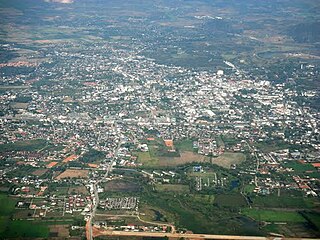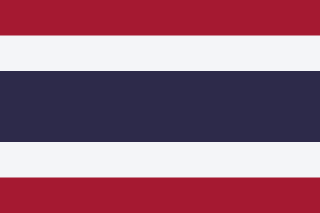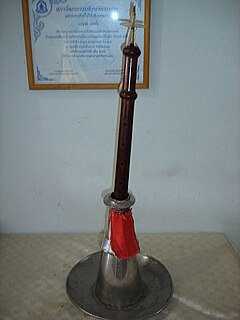Sawats are wooden saxophones created by designer Sawat (Sawad) Dejprakune in Chiang Rai, Thailand. They are available in tenor, alto, and soprano versions. They are the only true wooden saxophone (as opposed to clarinet) in production as of 2012. They are also called Sawad saxophone, depending on the romanization of the Thai name.

The saxophone is a woodwind instrument. Saxophones are usually made of brass and played with a single-reed mouthpiece similar to that of the clarinet. Although most saxophones are made from brass, they are categorized as woodwind instruments, because sound is produced by an oscillating reed, traditionally made out of woody cane, rather than lips vibrating in a mouthpiece cup as with the brass instrument family. As with the other woodwinds, the pitch of the note being played is controlled by covering holes in the body tube to control the resonant frequency of the air column by changing the effective length of the tube.

Chiang Rai (Thai: เมืองเชียงราย, pronounced [mɯəŋ tɕʰiəŋ raːj]; Northern Thai: ᩮᨾᩥᩬᨦᨩ᩠ᨿᨦᩁᩣ᩠ᨿ: Mueang Jiang Hai; is a city in Mueang Chiang Rai District, Chiang Rai Province. Chiang Rai is the northernmost large city in Thailand. It was established as a capital city in the reign of King Mangrai, in 1262 CE.

Thailand, officially the Kingdom of Thailand and formerly known as Siam, is a country at the centre of the Southeast Asian Indochinese peninsula composed of 76 provinces. At 513,120 km2 (198,120 sq mi) and over 68 million people, Thailand is the world's 50th-largest country by total area and the 21st-most-populous country. The capital and largest city is Bangkok, a special administrative area. Thailand is bordered to the north by Myanmar and Laos, to the east by Laos and Cambodia, to the south by the Gulf of Thailand and Malaysia, and to the west by the Andaman Sea and the southern extremity of Myanmar. Its maritime boundaries include Vietnam in the Gulf of Thailand to the southeast, and Indonesia and India on the Andaman Sea to the southwest. It is a unitary state. Although nominally the country is a constitutional monarchy and parliamentary democracy, the most recent coup, in 2014, established a de facto military dictatorship under a junta.
Dejpakune began as a music teacher frustrated with the high cost of traditional brass saxophones, which essentially put them out of the reach of ordinary Thai students. He decided to create a more affordable saxophone using local materials, eventually choosing wood. As of December 2008, he operated an instrument shop in Chiang Rai. [1] [2]
Despite its innovative design and unique tone, the instrument remains largely unknown outside of Thailand.

















